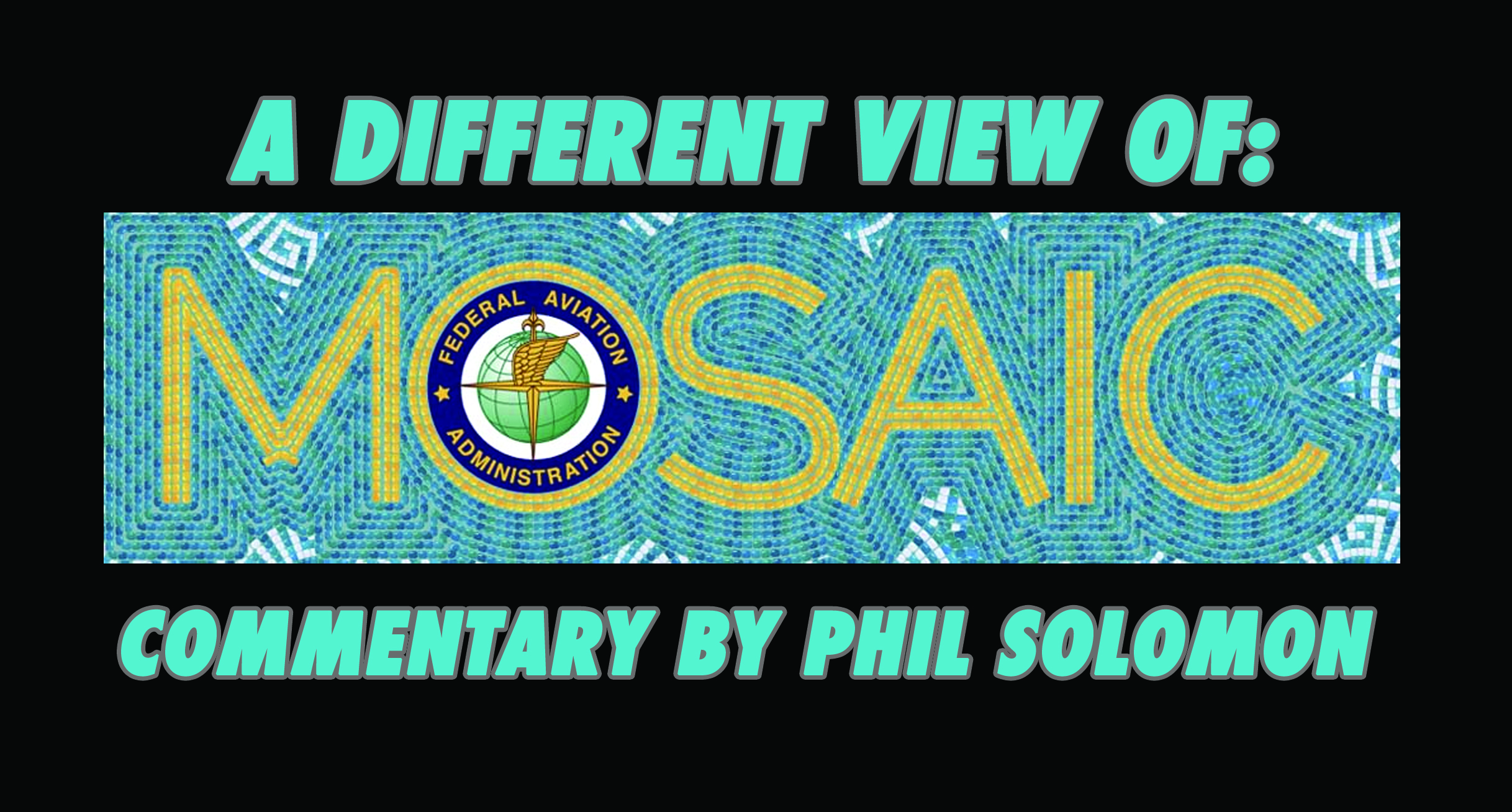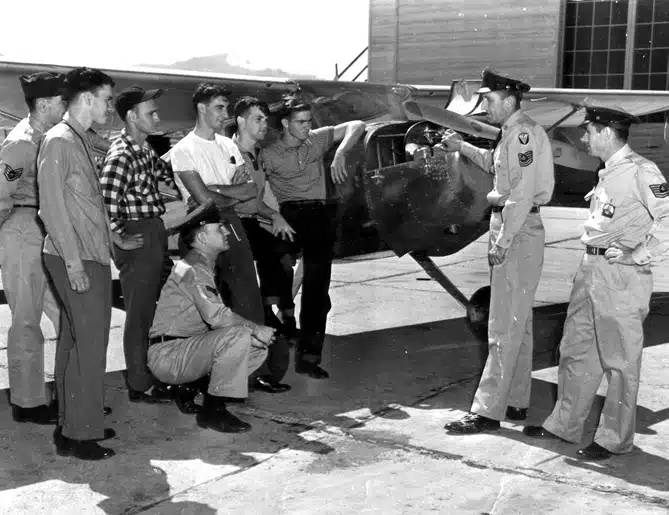
In the previous article, I explained how high levels of flight activity can make access more affordable and, for most people, how that would likely be achieved only through some form of shared ownership/use. The use of the term “shared ownership/use” is deliberate because not everybody really wants or feels the need to “own” something they use but, perhaps, believes that there is no other realistic or safe alternative. This article is based on a close examination of the reasons people give for not being open to any form of sharing and looking at how those barriers might be removed. It will also try to address the second, less discussed, part of affordability, which is “accessibility” to shared use aircraft. There is little benefit to being able to afford what does not, essentially, exist. A good, but somewhat parallel, example of this has been the original iteration of Light Sport Aircraft and Sport Pilot Licenses.


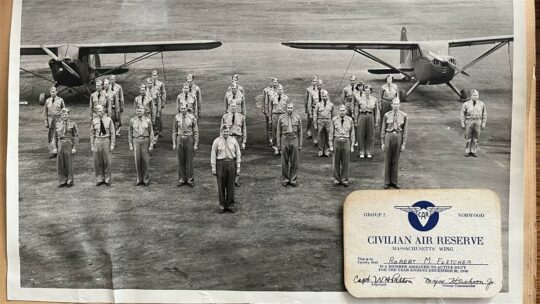
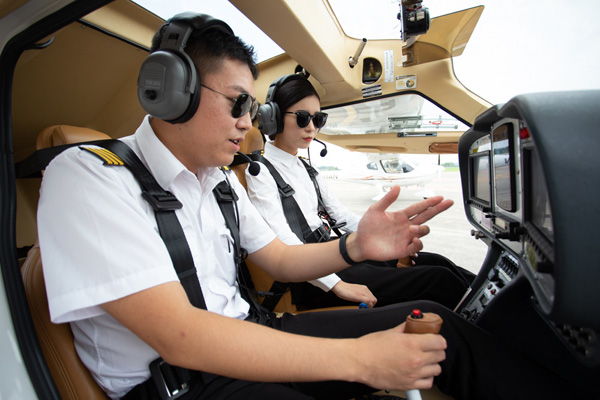 Cade Halle, the Manager of AOPA’s Flying Clubs Initiative, kindly shared some information on their progress. “Currently AOPA recognizes 1112 registered clubs of which 254 were formed directly with AOPA’s assistance and are recognized as ‘AOPA Network Clubs’ (clubs that adhere to FAA regulations on the proper way of operating a flying club). At any given time, we are working roughly 50 leads of newly forming clubs in various stages of formation. In terms of rate of growth, it’s really quite cyclical as with anything in aviation, but there is no shortage of people interested in joining or forming a club. In 2023, 178 clubs responded to our annual survey. Of those that responded, the average club size was 32 members with an average of 2 aircraft per club. Those numbers are pretty on par with the last 4 years. Single engine piston, fixed gear makes up 92% of all club aircraft. The oldest flying club in the US is the Clemson Flying Club formed in 1927. Lots of clubs started in the 50’s and 60’s that are still going today. I don’t have any specific data for each state, but Texas, California, and Florida are the top 3 states with the most clubs based on numbers I could go through.”
The EAA, via Timm Bogenhagen, Member Programs Specialist, reports about 100 clubs with many of them near to EAA Chapters. They do not have hard statistics for members and numbers of aircraft but estimate one to two aircraft per club and 20-30 members per club.
Without solid statistics, we have to resort to making assumptions. It is probable, if not provable, that between AOPA and EAA they have captured at least 50% of all the shared ownership/use groups in the USA. Their combined total comes to about 1200 groups, so, if we double that based on the percentage of clubs linked to one or both organizations, we get to approximately 2400 groups with an average of two planes per group so, perhaps 4800 aircraft in some form of shared use excluding flight schools. Based on the 2022 FAA GA survey data, that would suggest that less than 4% of the aircraft designated as “Personal” (141,600) in the survey are in any form of shared use. Consequently, given the average hours per aircraft flown of 58 quoted in the first part of this article, it would not be a stretch to conclude that the overwhelming majority of personal planes are not providing their owners with cost efficient flying.
Cade Halle, the Manager of AOPA’s Flying Clubs Initiative, kindly shared some information on their progress. “Currently AOPA recognizes 1112 registered clubs of which 254 were formed directly with AOPA’s assistance and are recognized as ‘AOPA Network Clubs’ (clubs that adhere to FAA regulations on the proper way of operating a flying club). At any given time, we are working roughly 50 leads of newly forming clubs in various stages of formation. In terms of rate of growth, it’s really quite cyclical as with anything in aviation, but there is no shortage of people interested in joining or forming a club. In 2023, 178 clubs responded to our annual survey. Of those that responded, the average club size was 32 members with an average of 2 aircraft per club. Those numbers are pretty on par with the last 4 years. Single engine piston, fixed gear makes up 92% of all club aircraft. The oldest flying club in the US is the Clemson Flying Club formed in 1927. Lots of clubs started in the 50’s and 60’s that are still going today. I don’t have any specific data for each state, but Texas, California, and Florida are the top 3 states with the most clubs based on numbers I could go through.”
The EAA, via Timm Bogenhagen, Member Programs Specialist, reports about 100 clubs with many of them near to EAA Chapters. They do not have hard statistics for members and numbers of aircraft but estimate one to two aircraft per club and 20-30 members per club.
Without solid statistics, we have to resort to making assumptions. It is probable, if not provable, that between AOPA and EAA they have captured at least 50% of all the shared ownership/use groups in the USA. Their combined total comes to about 1200 groups, so, if we double that based on the percentage of clubs linked to one or both organizations, we get to approximately 2400 groups with an average of two planes per group so, perhaps 4800 aircraft in some form of shared use excluding flight schools. Based on the 2022 FAA GA survey data, that would suggest that less than 4% of the aircraft designated as “Personal” (141,600) in the survey are in any form of shared use. Consequently, given the average hours per aircraft flown of 58 quoted in the first part of this article, it would not be a stretch to conclude that the overwhelming majority of personal planes are not providing their owners with cost efficient flying.
 What emerges from AOPA, EAA and personal experience, is that there is an unquantified, and unsatisfied demand at some level, for access to affordable aircraft. How much of that pent-up demand comes from frustration at the lack of any, or decent, rental aircraft in their local area, is also unclear. With the very large increase in demand for flight training, the availability of aircraft for other purposes is potentially more constrained than it has ever been as the same aircraft are in demand for shared ownership/use as those being used in flight schools.
Well established, and geographically limited clubs confirm emphatically both the favorable economics of sharing through volume but, with such limited penetration, clearly have not established a universally winning model of success. AOPA and EAA have contributed valuable insights and assistance to already motivated people on how to create and run such clubs, but widespread adoption has possibly been held back by the lack of a “for profit” business model. Owning and operating high volume aircraft requires investment, infrastructure, management, experience and continuity that often goes beyond the realm of voluntary organizations. The profit motive may well be what is needed to take shared ownership to the next level but, entrepreneurs and their money like to see clearly defined markets with standards that can be met. At the present time there is neither a clearly defined market nor a clearly defined path to reach customers.
What emerges from AOPA, EAA and personal experience, is that there is an unquantified, and unsatisfied demand at some level, for access to affordable aircraft. How much of that pent-up demand comes from frustration at the lack of any, or decent, rental aircraft in their local area, is also unclear. With the very large increase in demand for flight training, the availability of aircraft for other purposes is potentially more constrained than it has ever been as the same aircraft are in demand for shared ownership/use as those being used in flight schools.
Well established, and geographically limited clubs confirm emphatically both the favorable economics of sharing through volume but, with such limited penetration, clearly have not established a universally winning model of success. AOPA and EAA have contributed valuable insights and assistance to already motivated people on how to create and run such clubs, but widespread adoption has possibly been held back by the lack of a “for profit” business model. Owning and operating high volume aircraft requires investment, infrastructure, management, experience and continuity that often goes beyond the realm of voluntary organizations. The profit motive may well be what is needed to take shared ownership to the next level but, entrepreneurs and their money like to see clearly defined markets with standards that can be met. At the present time there is neither a clearly defined market nor a clearly defined path to reach customers.
 The challenge with all of the above is that it does not really provide a clear path forward or even a vision as to what might be. A possible description of how the future could look is presented below as a catalyst to generate ideas and not as an exact prescription for success.
So, lets dream and look five to 10 years into the future:
The challenge with all of the above is that it does not really provide a clear path forward or even a vision as to what might be. A possible description of how the future could look is presented below as a catalyst to generate ideas and not as an exact prescription for success.
So, lets dream and look five to 10 years into the future:
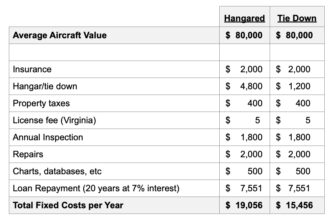
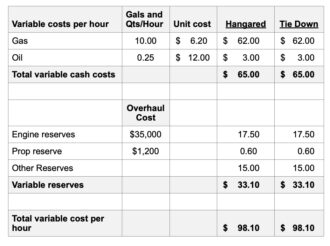
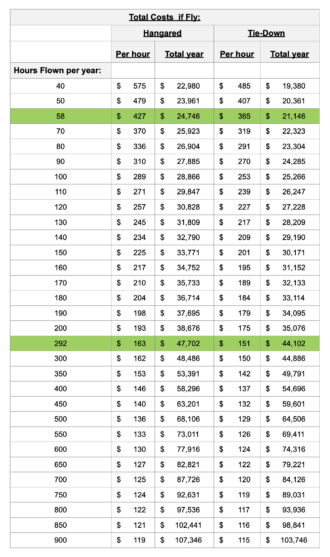
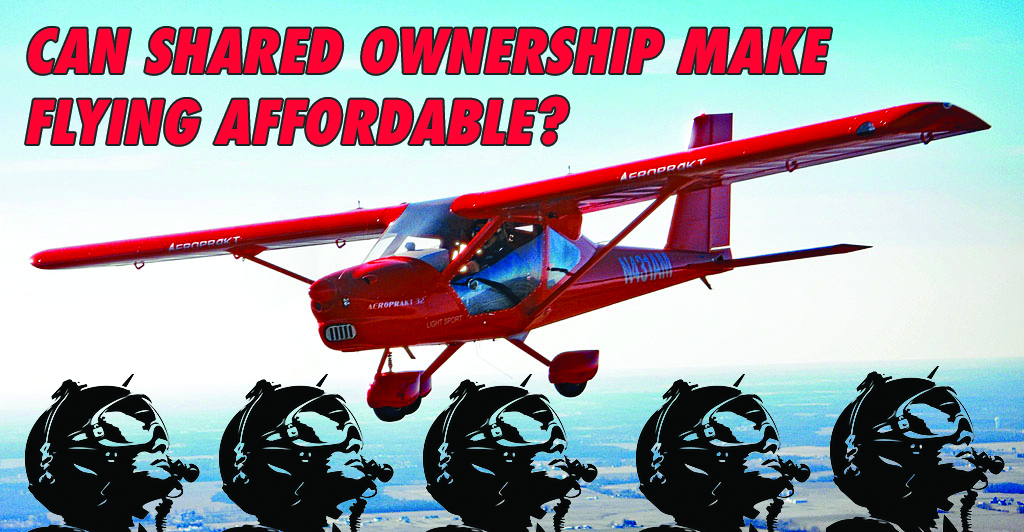
 A lot has been written about the contents of the
A lot has been written about the contents of the 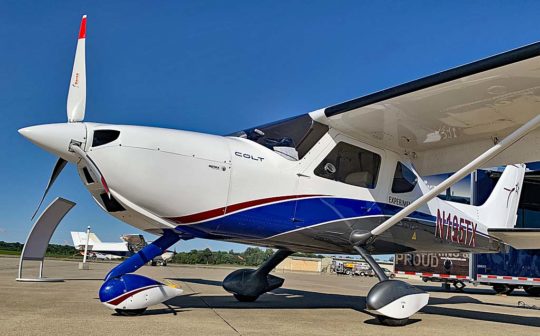 Many, but not all, of the current Light Sport specific aircraft (S-LSAs) could accommodate higher gross weights and have modifications that would give them adjustable propellers and higher speeds but there is some uncertainty as to whether this would be allowed under the final regulations and whether the current manufacturers would want/be able to make these changes. From a consumer perspective, the desirability of these options is very clear. However, some manufacturers might not have the capability to make these changes while others may see upgrades of existing planes as a detriment to future sales of new aircraft that do meet the new standards. The downside to manufacturers not giving an answer prior to the final regulations coming into effect could be a freezing of sales of current new and used aircraft. Some manufacturers have committed to providing an upgrade path for existing owners. As time moves on, we could see a divide in the market between those manufacturers who have committed and those who have either kept silent or specifically declined to offer upgrades.
Many, but not all, of the current Light Sport specific aircraft (S-LSAs) could accommodate higher gross weights and have modifications that would give them adjustable propellers and higher speeds but there is some uncertainty as to whether this would be allowed under the final regulations and whether the current manufacturers would want/be able to make these changes. From a consumer perspective, the desirability of these options is very clear. However, some manufacturers might not have the capability to make these changes while others may see upgrades of existing planes as a detriment to future sales of new aircraft that do meet the new standards. The downside to manufacturers not giving an answer prior to the final regulations coming into effect could be a freezing of sales of current new and used aircraft. Some manufacturers have committed to providing an upgrade path for existing owners. As time moves on, we could see a divide in the market between those manufacturers who have committed and those who have either kept silent or specifically declined to offer upgrades.
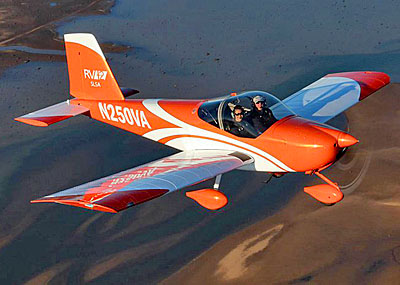 Where things could become controversial, is what owners of E-LSAs (Experimental Light Sport) will, or won’t be able to do to modify their aircraft to take advantage of the expected expanded definition of a Light Sport aircraft. E-LSAs fall into two main types—those built from kits based on a model that has been shown to be S-LSA conforming and those that started life as an S-LSA but whose owners chose to re-register them as E-LSAs.
Lets say that an S-LSA manufacturer opts to provide an upgrade path to a higher useful load for its existing models, could E-LSAs that either started life as the same make and model or those built from a kit follow suit? Well, the current E-LSA regulations might suggest not, as E-LSAs must be operated in accordance with the operating limitations issued to the aircraft at the time it receives its airworthiness certification. So, you could have the strange situation where Experimental aircraft are being held to a tighter standard than the one that is being applied to a higher level of aircraft. Basically, a reversal of the FAA concept of a continuum of safety.
The NPRM does little to clarify any of this, but it would not be the first time that there has been this effective reversal of safety logic. Here’s another example. At the present time, a fully certified aircraft under Part 23 can run over engine TBO when operating under Part 91 but an S-LSA might not be able to, depending on the whim of the aircraft manufacturer. Many of the proposed changes are considered to be beneficial to safety, such as increased weight and controllable propellers, so why would it be in the general interest of safety to create a two-tier market?
Where things could become controversial, is what owners of E-LSAs (Experimental Light Sport) will, or won’t be able to do to modify their aircraft to take advantage of the expected expanded definition of a Light Sport aircraft. E-LSAs fall into two main types—those built from kits based on a model that has been shown to be S-LSA conforming and those that started life as an S-LSA but whose owners chose to re-register them as E-LSAs.
Lets say that an S-LSA manufacturer opts to provide an upgrade path to a higher useful load for its existing models, could E-LSAs that either started life as the same make and model or those built from a kit follow suit? Well, the current E-LSA regulations might suggest not, as E-LSAs must be operated in accordance with the operating limitations issued to the aircraft at the time it receives its airworthiness certification. So, you could have the strange situation where Experimental aircraft are being held to a tighter standard than the one that is being applied to a higher level of aircraft. Basically, a reversal of the FAA concept of a continuum of safety.
The NPRM does little to clarify any of this, but it would not be the first time that there has been this effective reversal of safety logic. Here’s another example. At the present time, a fully certified aircraft under Part 23 can run over engine TBO when operating under Part 91 but an S-LSA might not be able to, depending on the whim of the aircraft manufacturer. Many of the proposed changes are considered to be beneficial to safety, such as increased weight and controllable propellers, so why would it be in the general interest of safety to create a two-tier market?
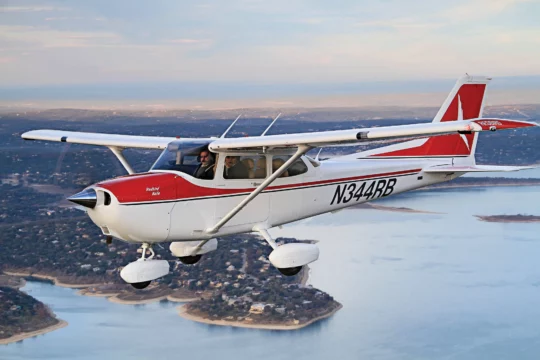 Let's start with a little history lesson. For liability reasons Cessna stopped producing light aircraft in 1986 and re-started production of the Cessna 172 in 1996 following the passage of the General Aviation Revitalization Act, making its first shipments in 1997 at a “typically equipped” price of around $136,000. Fast forward 28 years, and the US Bureau of Labor Statistics, tells us that the Consumer Price Index has increased by a factor of 1.97 times. So, if all things were equal, which they never are, the same plane would be selling at $267,920 today. It is not easy to find an exact current list price, but full retail is in the region of $650,000 or 4.8 times the 1997 price. Yes, the 2024 plane would come with an incredible suite of avionics in the form of the Garmin G1000 that would command a premium price but it has basically the same engine and airframe as before.
Here is where things get interesting. Part 23 certification can act as a two-way barrier by protecting legacy aircraft manufacturers that have amortized their investments many times over due to the ultra slow/no pace of technological advances in legacy engines while limiting new entrants to the four-seat certified market because of the costs of entry.
The Cessna 172 has effectively set the price expectation for training aircraft which has then increased the profitability and attractiveness for other companies as well such as Piper, Cirrus, Diamond and Tecnam who are able to price at similarly elevated levels due to shortage of capacity and high flight school demand. Product pricing can certainly come from a formula that starts with costs and adds a margin, but in the case of a protected market (which is what certification does) pricing can be whatever the market will bear.
MOSAIC potentially lowers both the barriers and the cost of entry for new four-seat aircraft as they can be manufactured to an agreed standard and use components that have not, themselves, had to go through very expensive certifications. With many traditional legal design burdens lifted, we can reasonably expect to see new aircraft that are lighter but potentially stronger than their legacy colleagues, full of avionics that are a fraction of the cost of the fully certified versions and with engines that are more efficient, use less expensive fuels and weigh less.
It is certainly possible that new entrants will simply follow existing pricing trends, but given volume opportunities and the need to break into a very restricted, brand-conscious market, they are more likely to seek market share through price and features. Most flight schools cannot afford brand new aircraft from any of the current market leaders because a new plane offers no discernible operating cost advantages over the same model that is 20 or more years old, and any ability to price at a premium for new versus old is negligible.
Let's start with a little history lesson. For liability reasons Cessna stopped producing light aircraft in 1986 and re-started production of the Cessna 172 in 1996 following the passage of the General Aviation Revitalization Act, making its first shipments in 1997 at a “typically equipped” price of around $136,000. Fast forward 28 years, and the US Bureau of Labor Statistics, tells us that the Consumer Price Index has increased by a factor of 1.97 times. So, if all things were equal, which they never are, the same plane would be selling at $267,920 today. It is not easy to find an exact current list price, but full retail is in the region of $650,000 or 4.8 times the 1997 price. Yes, the 2024 plane would come with an incredible suite of avionics in the form of the Garmin G1000 that would command a premium price but it has basically the same engine and airframe as before.
Here is where things get interesting. Part 23 certification can act as a two-way barrier by protecting legacy aircraft manufacturers that have amortized their investments many times over due to the ultra slow/no pace of technological advances in legacy engines while limiting new entrants to the four-seat certified market because of the costs of entry.
The Cessna 172 has effectively set the price expectation for training aircraft which has then increased the profitability and attractiveness for other companies as well such as Piper, Cirrus, Diamond and Tecnam who are able to price at similarly elevated levels due to shortage of capacity and high flight school demand. Product pricing can certainly come from a formula that starts with costs and adds a margin, but in the case of a protected market (which is what certification does) pricing can be whatever the market will bear.
MOSAIC potentially lowers both the barriers and the cost of entry for new four-seat aircraft as they can be manufactured to an agreed standard and use components that have not, themselves, had to go through very expensive certifications. With many traditional legal design burdens lifted, we can reasonably expect to see new aircraft that are lighter but potentially stronger than their legacy colleagues, full of avionics that are a fraction of the cost of the fully certified versions and with engines that are more efficient, use less expensive fuels and weigh less.
It is certainly possible that new entrants will simply follow existing pricing trends, but given volume opportunities and the need to break into a very restricted, brand-conscious market, they are more likely to seek market share through price and features. Most flight schools cannot afford brand new aircraft from any of the current market leaders because a new plane offers no discernible operating cost advantages over the same model that is 20 or more years old, and any ability to price at a premium for new versus old is negligible.
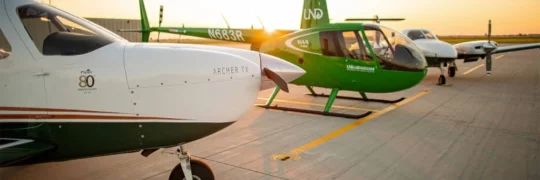
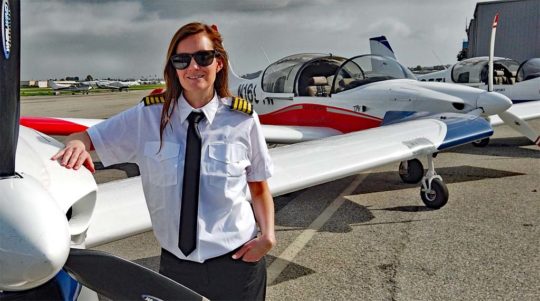 Thirdly, and potentially most importantly, this would be an opportunity to expand the pilot population and increase the proportion of successful completions from the 20-30% (for a Private Pilot License) highlighted in AOPA’s 2010 study to something significantly higher. With a Sport Pilot license theoretically achievable in 20 hours compared to 40 for a Private Pilot License it could and perhaps should be the starting point for all aspiring pilots. However, there are barriers to this including the current lack of Light Sport aircraft in flight schools and the need to take another written test and check ride to move up from Sport to Private. The former will change almost overnight with the publication of the final regulations following the NPRM but the latter is not impacted by MOSAIC. However, this would open up one of MOSAICS many opportunities for productive change.
At the present time the content of a Sport Pilot check ride and Private Pilot check ride is effectively the same with no difference in expected performance or maneuvers. The oral exam would have some differences concerning limitations and privileges that come with the certification. Currently a Sport Pilot could, through experience and with an instructor, gradually add-on the capabilities and training that would be required for Private Pilot privileges—3 hours of instrument training, 3 hours of night, airspace clearance, towered landings and additional solo time. Ironically, none of these “add-ons” are actually specifically tested during a second flight test for Private Pilot beyond what had already taken place under the original Sport Pilot check ride. Consequently, a Sport Pilot moving to Private Pilot is being tested twice for the same skills with the same performance requirements but having to pay for both an extra written test and flight test.
Not surprisingly, this acts as a disincentive for people to start with the more affordable and swifter option of a Sport Pilot license if their ultimate goal is to add ratings later. The obvious solution to this would be to make Sport Pilot the starting point for all aviation certifications with a formal DPE conducted check ride and then gradually move up to Private Pilot through adding endorsements with one CFI and a final endorsement from a different one, as is currently allowed for moves between Light Sport Categories. The endorsements would cover both knowledge and flight skills/experience. This would increase the number of pilots who are able to complete something and give them the incentive to continue to add skills and experience knowing that there is not another massive expense waiting for them to be able to move up. As with many aspects of the Light Sport/Sport Pilot revolution, the success of this low-risk modification could also provide data for whether non DPE instructors can be relied upon to safely transition these pilots.
In conclusion, MOSAIC is going to have a major positive effect on aviation accessibility and affordability but not just because of the obvious changes but also from its direct consequences on related matters that might not, at first sight, even be in play.
Thirdly, and potentially most importantly, this would be an opportunity to expand the pilot population and increase the proportion of successful completions from the 20-30% (for a Private Pilot License) highlighted in AOPA’s 2010 study to something significantly higher. With a Sport Pilot license theoretically achievable in 20 hours compared to 40 for a Private Pilot License it could and perhaps should be the starting point for all aspiring pilots. However, there are barriers to this including the current lack of Light Sport aircraft in flight schools and the need to take another written test and check ride to move up from Sport to Private. The former will change almost overnight with the publication of the final regulations following the NPRM but the latter is not impacted by MOSAIC. However, this would open up one of MOSAICS many opportunities for productive change.
At the present time the content of a Sport Pilot check ride and Private Pilot check ride is effectively the same with no difference in expected performance or maneuvers. The oral exam would have some differences concerning limitations and privileges that come with the certification. Currently a Sport Pilot could, through experience and with an instructor, gradually add-on the capabilities and training that would be required for Private Pilot privileges—3 hours of instrument training, 3 hours of night, airspace clearance, towered landings and additional solo time. Ironically, none of these “add-ons” are actually specifically tested during a second flight test for Private Pilot beyond what had already taken place under the original Sport Pilot check ride. Consequently, a Sport Pilot moving to Private Pilot is being tested twice for the same skills with the same performance requirements but having to pay for both an extra written test and flight test.
Not surprisingly, this acts as a disincentive for people to start with the more affordable and swifter option of a Sport Pilot license if their ultimate goal is to add ratings later. The obvious solution to this would be to make Sport Pilot the starting point for all aviation certifications with a formal DPE conducted check ride and then gradually move up to Private Pilot through adding endorsements with one CFI and a final endorsement from a different one, as is currently allowed for moves between Light Sport Categories. The endorsements would cover both knowledge and flight skills/experience. This would increase the number of pilots who are able to complete something and give them the incentive to continue to add skills and experience knowing that there is not another massive expense waiting for them to be able to move up. As with many aspects of the Light Sport/Sport Pilot revolution, the success of this low-risk modification could also provide data for whether non DPE instructors can be relied upon to safely transition these pilots.
In conclusion, MOSAIC is going to have a major positive effect on aviation accessibility and affordability but not just because of the obvious changes but also from its direct consequences on related matters that might not, at first sight, even be in play.